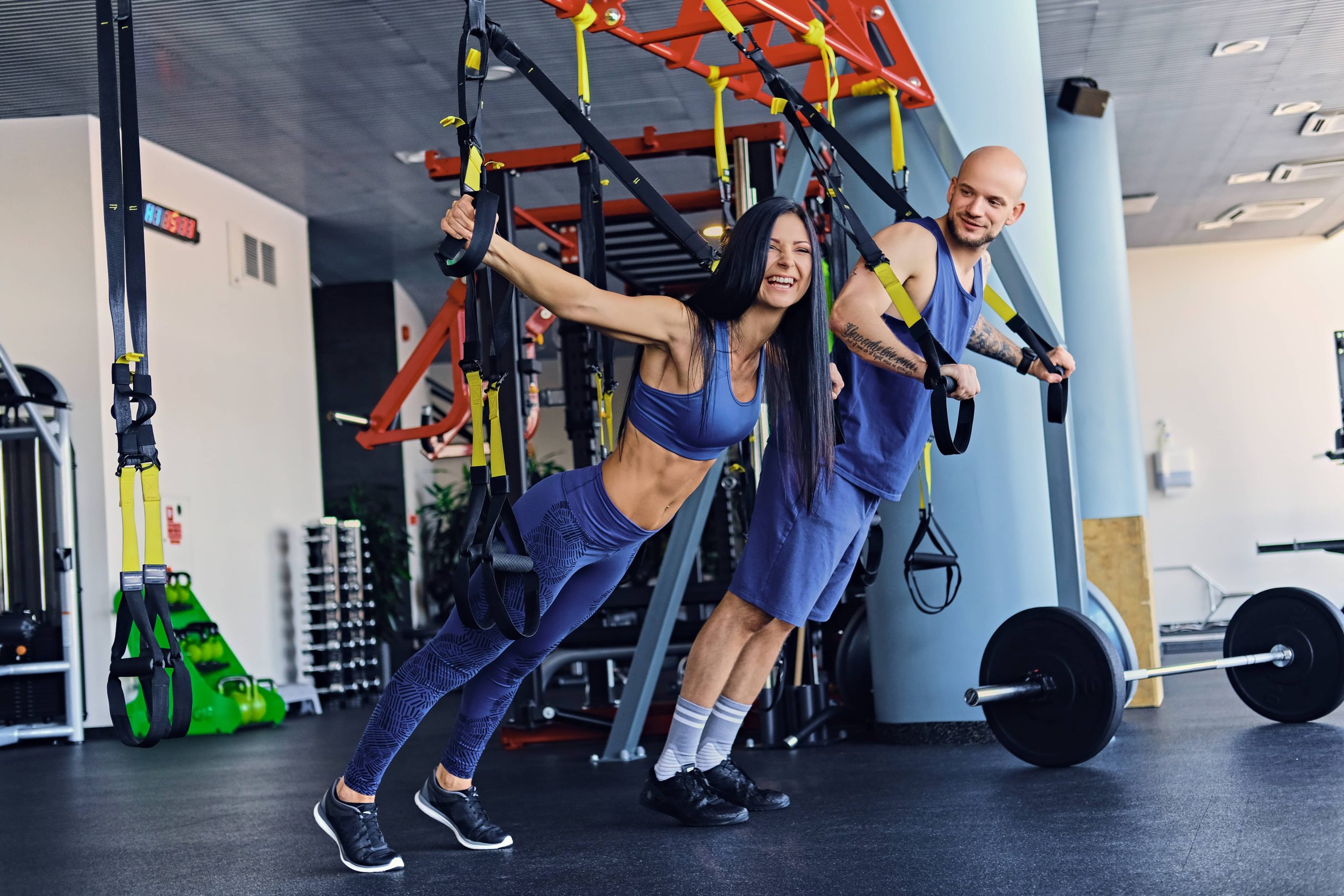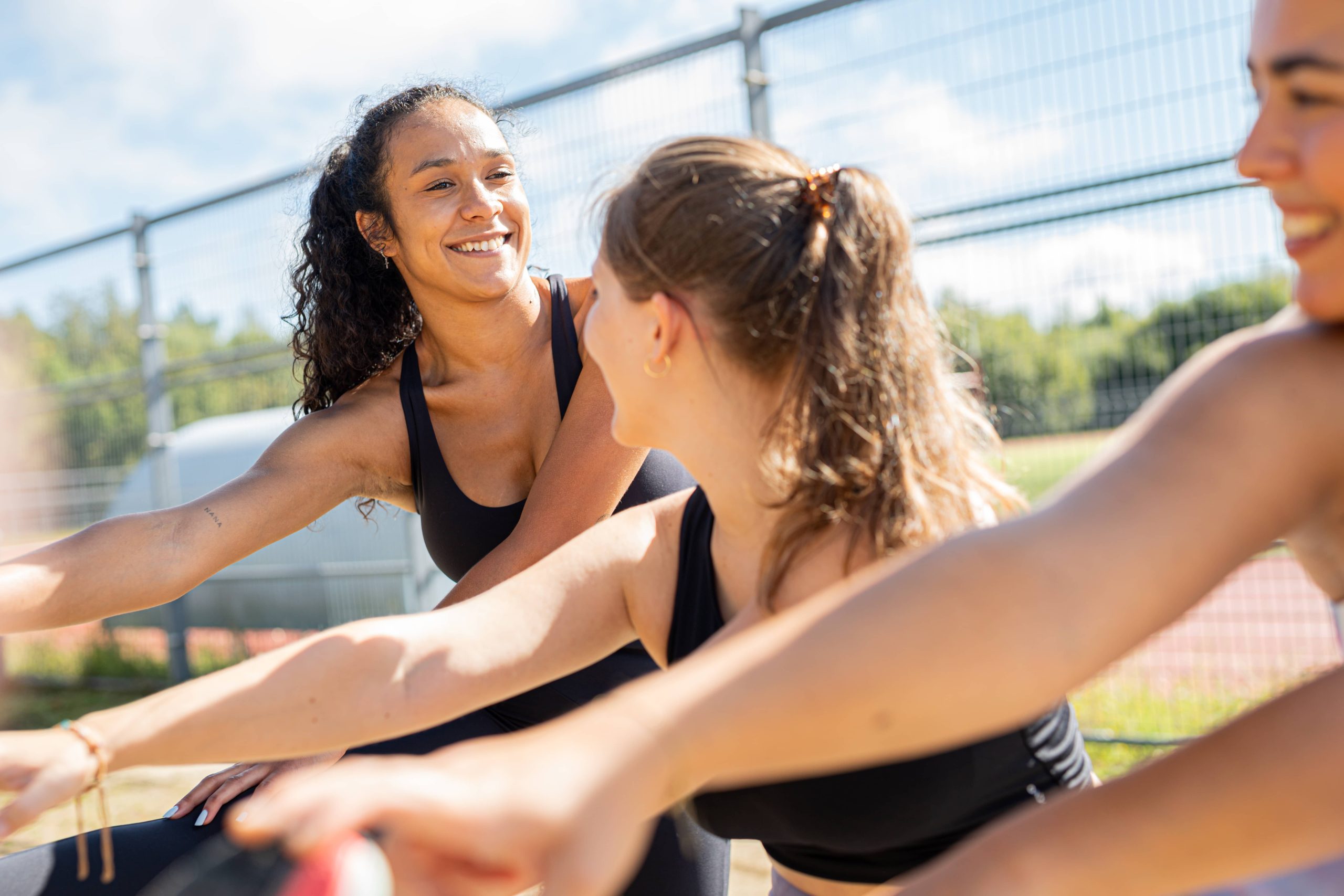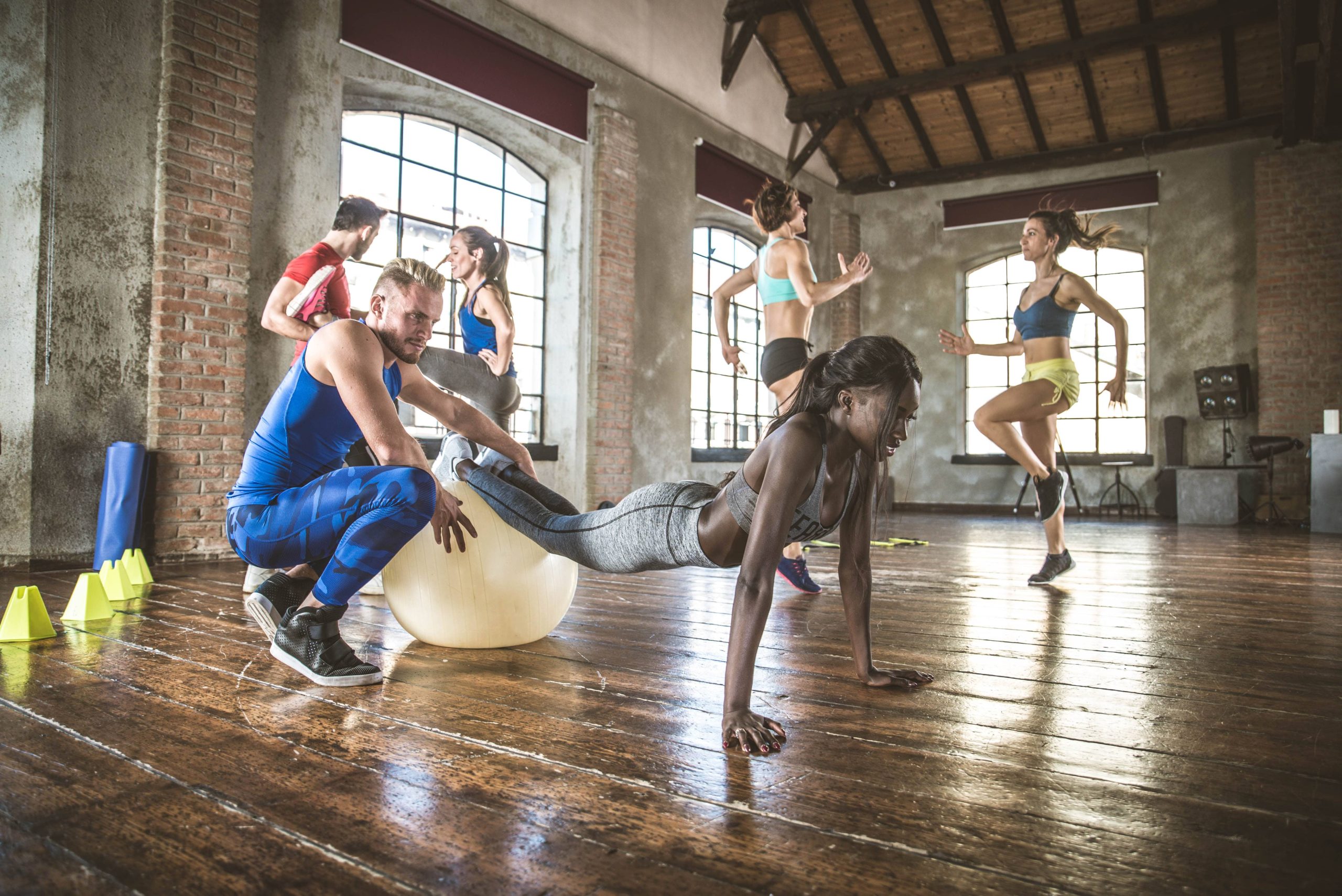
In the world of fitness, trends come and go, but some methodologies stand the test of time due to their effectiveness and versatility. High-intensity interval training, commonly referred to as HIIT, is one such approach. Renowned for its efficiency in burning calories and improving cardiovascular health in a relatively short amount of time, HIIT has gained popularity among fitness enthusiasts of all levels. However, for those new to exercise, embarking on a HIIT journey can feel daunting. This blog post aims to illuminate the path for novice exercisers by outlining a fundamental HIIT routine that is both approachable and effective.
Understanding HIIT
Before diving into the workout, it’s crucial to understand what HIIT is and why it’s beneficial. HIIT involves alternating between short bursts of intense activity and periods of rest or low-intensity exercise. This fluctuation in intensity allows the body to push its limits during the active phases, while the rest periods provide recovery and prevent overexertion.
One of the primary benefits of HIIT is its efficiency. In today’s fast-paced world, finding time to exercise can be challenging. HIIT sessions often last between 20 to 30 minutes, making them ideal for those with busy schedules. Moreover, research has shown that HIIT can boost metabolism, improve cardiovascular and metabolic health, and enhance overall fitness levels. For beginners, this means reaping substantial benefits without committing to lengthy daily workouts.
Preparing for Your HIIT Journey
Before starting any new exercise regimen, especially a high-intensity one, it’s important to consider a few preparatory steps:
1. Medical Clearance: If you have any pre-existing health conditions or have been inactive for an extended period, consult with a healthcare professional to ensure that HIIT is a safe choice for you.
2. Set Clear Goals: Define what you want to achieve with HIIT. Whether it’s improving endurance, losing weight, or simply building a habit of regular exercise, having clear goals will keep you motivated.
3. Equip Yourself Properly: You don’t need much equipment for HIIT. A good pair of workout shoes, comfortable clothing, and a water bottle are essential. A fitness mat and a timer or interval app can be helpful as well.
4. Focus on Form: As a beginner, prioritize form over speed during exercises to prevent injury and build a strong foundation for future progress.
The Basic HIIT Routine for Beginners
This simple HIIT routine requires no equipment and can be performed at home or in a gym. The workout consists of five exercises, each targeting different muscle groups to ensure a full-body workout. Perform each exercise for 30 seconds, followed by 30 seconds of rest. Once all five exercises are completed, take a one-minute rest before repeating the circuit two more times.
Warm-Up (5 minutes)
Begin with a light warm-up to prepare your body for the workout and reduce the risk of injury. Focus on increasing your heart rate gradually and loosening your muscles.
1. March in Place: 1 minute
2. Arm Circles: 30 seconds forward, 30 seconds backward
3. Leg Swings: 30 seconds per leg
4. Torso Twists: 1 minute
Exercise Circuit (Total: 15 minutes)
1. Jumping Jacks: Start with feet together and arms at your sides. Jump up while spreading your legs shoulder-width apart and bringing your arms overhead. Return to the starting position and repeat.
2. Bodyweight Squats: Stand with feet shoulder-width apart. Lower your body by bending your knees and pushing your hips back as if sitting on a chair. Keep your chest up and core tight. Return to the standing position and repeat.
3. Push-Ups (knee or full): Begin in a plank position with hands shoulder-width apart. Lower your chest towards the ground while keeping your elbows close to your body. Push back to the starting position.
4. High Knees: Run in place, bringing your knees as high as possible with each step. Use your arms for balance and momentum.
5. Plank: Hold a forearm plank position with your elbows under your shoulders and your body in a straight line from head to heels. Engage your core and glutes to maintain this position.
Cool Down (5 minutes)
Conclude your workout session with a cool-down to help your body transition back to a resting state, reduce muscle stiffness, and enhance flexibility.
1. Child’s Pose: 1 minute
2. Cat-Cow Stretch: 1 minute
3. Standing Forward Bend: 1 minute
4. Quad Stretch: 30 seconds per leg
5. Shoulder Stretch: 30 seconds per arm
Tips for Success in HIIT
– Listen to Your Body: It’s normal to feel challenged during HIIT, but never push through pain. Modify exercises if necessary and allow extra rest if needed.
– Stay Hydrated: Drink water before, during, and after your workout to maintain optimal hydration levels.
– Consistency is Key: Try to perform this routine 2-3 times a week, gradually increasing intensity and duration as you build endurance and strength.
– Track Progress: Keep a journal or use fitness apps to log your workouts, note improvements, and stay motivated.
The Journey Beyond
As you become more comfortable with the basic HIIT routine, don’t hesitate to explore variations by incorporating different exercises, extending work intervals, or reducing rest times. Consider including weights or resistance bands for added challenge as you advance. Remember, the beauty of HIIT lies in its flexibility and adaptability to your fitness level and goals.
Embarking on a HIIT regimen is a commendable step towards a healthier, fitter you. Embrace the process, celebrate small victories along the way, and most importantly, enjoy the journey of movement and self-discovery. Welcome to the dynamic world of high-intensity interval training!











